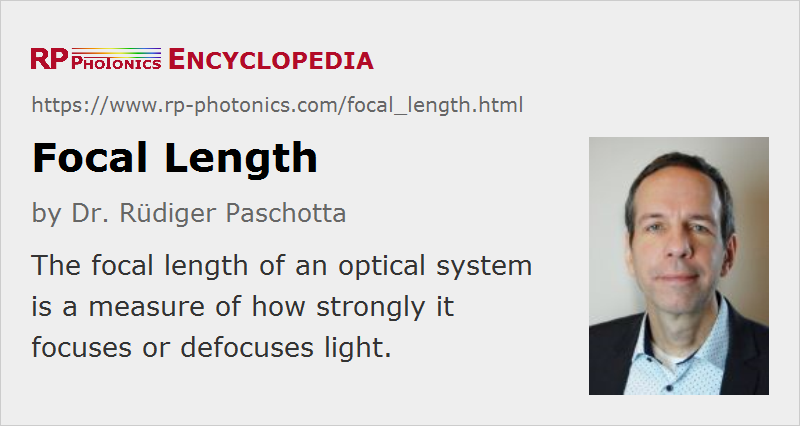Lot of money and street photogaphy not co-exist.
I mean real dedication for street photogaphy. Not an YT talking heads. Or dudes selling leather grocery grandma purses as camera bags.
To have a lot of money person needs to spend time on real work.
And photogaphy is just a hobby. LCAG is for leisure and pleasure.
How to sell several thousands dollars (often nothing special optically anymore) lens for this kind of limited in time on creativeness audience? And maybe not well informed, because they have to stay informed for where they make the money.
Exactly! Shoot WO!
WO makes it cool always. No real content needed.
Plus, it feels better with several thousands dollars lens which is "optimized" for wo.
Just in case, no matter how sharp and else lens @f1, it is often impossible to have an object in focus at such aperture. The real thing some knows, is what such fast lenses gives very different bokeh at much smaller apertures.
But Krabe hasn't told to do so, I guess. Totally understandable. It is hard to explain for typical crowd what they need to step down to have more content and very pleasing bokeh. Marketing message can't be this complicated. It should be one and only step, word.
WO!


